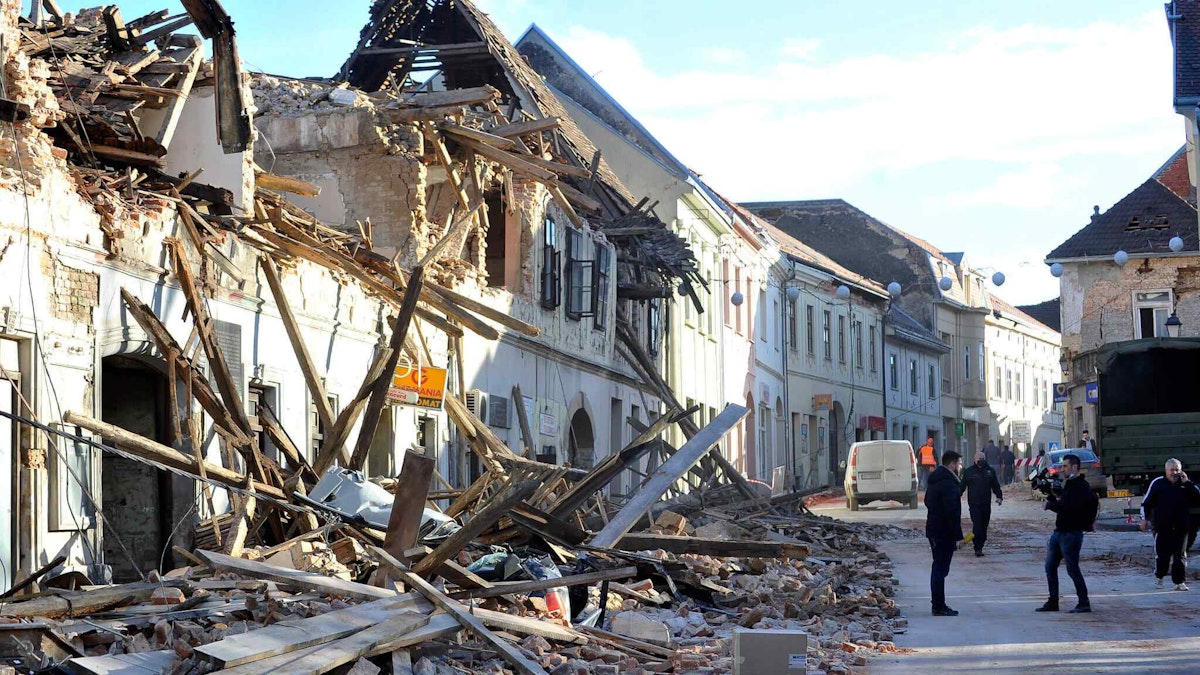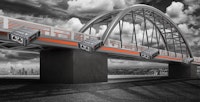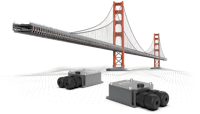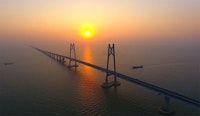Table of contents
Browse categories
Browse authors
 AB
ABAlberto Boffi
 AL
ALAlessia Longo
 AH
AHAl Hoge
 AB
ABAljaž Blažun
 BJ
BJBernard Jerman
 BČ
BČBojan Čontala
 CF
CFCarsten Frederiksen
 CS
CSCarsten Stjernfelt
 DC
DCDaniel Colmenares
 DF
DFDino Florjančič
 EB
EBEmanuele Burgognoni
 EK
EKEva Kalšek
 FB
FBFranck Beranger
 GR
GRGabriele Ribichini
Glacier Chen
 GS
GSGrant Maloy Smith
 HB
HBHelmut Behmüller
 IB
IBIza Burnik
 JO
JOJaka Ogorevc
 JR
JRJake Rosenthal
 JS
JSJernej Sirk
 JM
JMJohn Miller
 KM
KMKarla Yera Morales
 KD
KDKayla Day
 KS
KSKonrad Schweiger
Leslie Wang
 LS
LSLoïc Siret
 LJ
LJLuka Jerman
 MB
MBMarco Behmer
 MR
MRMarco Ribichini
 ML
MLMatic Lebar
 MS
MSMatjaž Strniša
 ME
MEMatthew Engquist
 ME
MEMichael Elmerick
 NP
NPNicolas Phan
 OM
OMOwen Maginity
 PF
PFPatrick Fu
 PR
PRPrimož Rome
 RM
RMRok Mesar
 RS
RSRupert Schwarz
 SA
SASamuele Ardizio
 SK
SKSimon Kodrič
 SG
SGSøren Linnet Gjelstrup
 TH
THThorsten Hartleb
 TV
TVTirin Varghese
 UK
UKUrban Kuhar
Valentino Pagliara
 VS
VSVid Selič
 WK
WKWill Kooiker
Earthquake Stresses the Need for Structural Monitoring Systems

February 18, 2025
The earth is trembling and buildings are falling. Just after noon local time on December 29, 2020, a 6,2 Mw magnitude earthquake struck central Croatia. Once again, a tragic event has stressed the need to build earthquake-proof structures and to protect cultural heritage buildings.
Italian ESSEBI and Dewesoft supplies solutions for seismic monitoring based on a vibration data acquisition device.

The epicenter of this earthquake was almost 50 kilometers southeast of the Croatian capital, Zagreb, near the towns of Petrinja and Sisak. It was the strongest earthquake recorded in the area in 140 years. It killed at least seven people and left dozens more injured. Thousands were displaced as about half the buildings in the towns were destroyed.
Monitoring historical buildings
The Dewesoft partner, ESSEBI S.r.l. has installed dynamic monitoring systems in buildings located in various regions of Italy. These were triggered by the resulting earthquake near Zagreb in Croatia. All the accelerometers scattered in the many installations all over Italy recorded this seismic event with an extreme level of definition. With no exception, also a system installed in the building in Via delle Medaglie d'Oro in Rome, almost 500 kilometers away.
With the introduction of a high-performance MEMS-type accelerometer chip, the Dewesoft IOLITE modular single-channel data logger developed an IOLITE-3xMEMS-ACC DAQ device. It is an integrated signal conditioner with a built-in MEMS accelerometer.
ESSEBI now widely uses this tool in various applications in the fields of civil engineering and architecture. The first results have shown it to be the optimal solution among all in the market at the moment.
For countries such as Italy, rich in ancient monuments, health assessment of historical buildings by means of real-time monitoring systems is a fundamental step to preserve architectural heritage. Events such as earthquakes or severe weather phenomena constitute a major risk for these buildings because of their age and the related incapability to sustain exceptional excitations.
The availability of a continuous (long-term), real-time, and automatic structural health monitoring system is considered a useful tool for early detection of a potentially dangerous situation for the structure and its occupants.
The trigger in Rome was set to control the speed, obtained by single integration from acceleration. This is derived from the need to carry out the check according to the German standard, DIN 415O which specifically requires the examination of the vibration speeds. The threshold value, which in this case triggered the storage of acquired data, was set at 2,5 mm/s.
The data storage was also activated at the monitoring systems present in pavilion number 13 and in the Service Center of the Fiera di Milano in Rho. That is around 560 kilometers away from the epicenter. They were even triggered when two less serious aftershock earthquakes with a lower magnitude, still with the epicenter in Petrinja, took place.
The monitoring systems installed at the Milan Fair have the purpose of starting trigger recordings when severe atmospheric events occur, such as snowfall or wind. The start-up threshold is always calibrated according to the environmental background noise. In this case, the transducers have the additional purpose of making static rotational recordings with accuracies of the order of a hundredth of a degree, acting in all respects as servo-inclinometers.
Considering that Milan is approximately at the same distance away from the Croatian epicenter as Rome, the greater sensitivity is certainly due to a particular adaptive algorithm, on which the trigger mechanism of this system is based.
Useful knowledge
The recordings available now allow us to have useful information about the behavior of the artifacts placed under observation. Many considerations can be made on the maximum values of the measured kinematic quantities (acceleration) and calculated by numerical integration (speed and displacement).
Furthermore, the frequency analysis of the recorded time histories will allow evaluating whether or not seismic action is aligned with the natural frequencies. This can be determined prior to an actual event through modal analysis, usually operational modal analysis (OMA) - meaning based on output only.
Some suppliers in the market offer a capillary network of seismographs and geophones. But this solution does not address the building itself, just the ground. And then the instrumental data must be extrapolated with theoretical tools.
ESSEBI is perhaps the only company in Italy that at present can draw such a wealth of information from its instrumented sites. Information that is very useful for evaluating, in truth, the behaviour of the affected buildings and structures, when subjected to more or less strong shaking.
It must be said that the Italian Civil Protection has several buildings of a certain value under control. The problem is they use very high-end instrumentation, suitable for hit and run modal operational analysis. It does not justify its use for long-term or continuous seismic surveys.
ESSEBI and Dewesoft monitoring solution
In all the sites where a continuous seismic monitoring plant has been installed, ESSEBI has instead implemented the IOLITE modular MEMS device from Dewesoft. IOLITEdi 3xMEMS is an industrial standalone, distributable data acquisition device with an in-build high-performance triaxial MEMS transducer (MEMS accelerometer).
With high-end signal conditioning, it is specially designed for monitoring and industrial applications.
The high performances consist mainly of an excellent signal-to-noise ratio, which in fact allows a high dynamic up to 90 dB. It is easy to use, and manageable with an excellent DewesoftX software platform.
Above all the good performance-price ratio allows installations with an adequate number of measurement points compatible with the most often moderate budget.
The number of instrumented artefacts needs to grow dramatically in order to generate more useful and probative documentation for a correct anti-seismic design of new buildings. And also to arrive at an effective method of conservative intervention on the old ones having cultural value.
Learn more:




